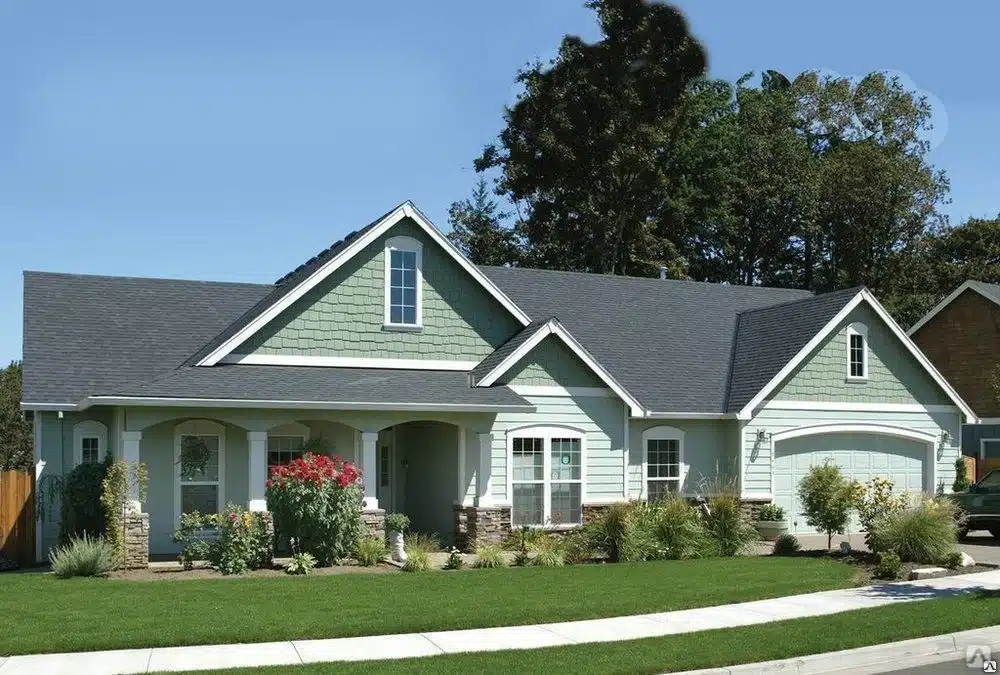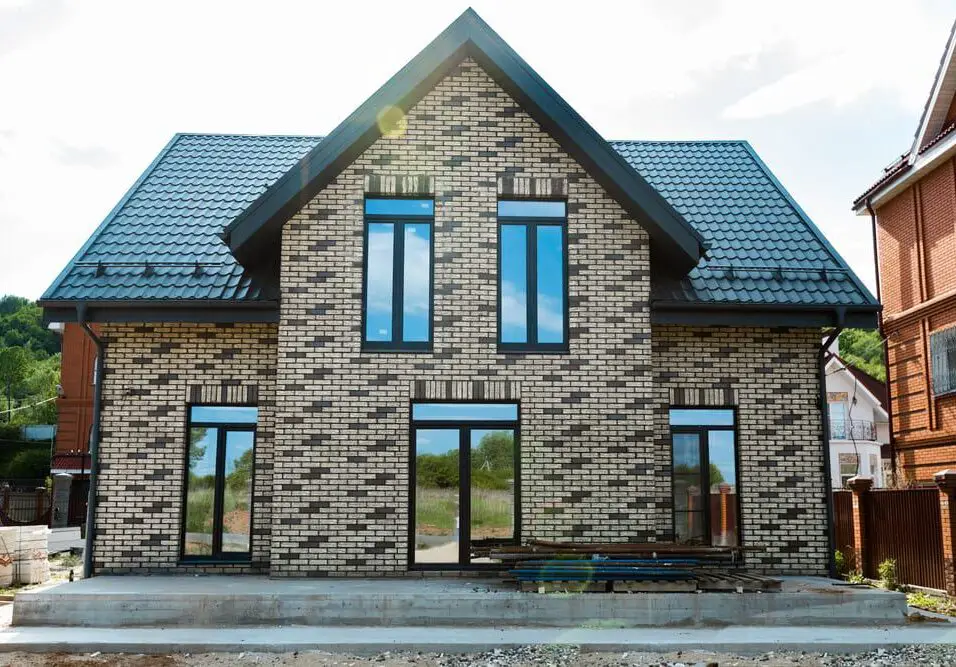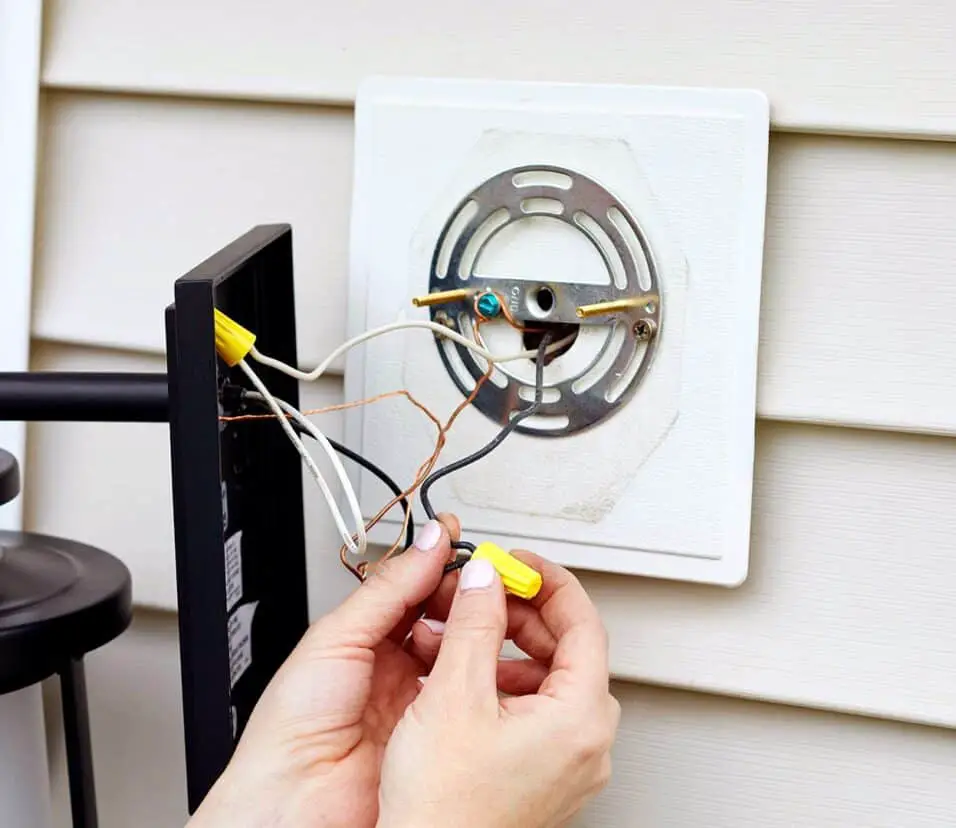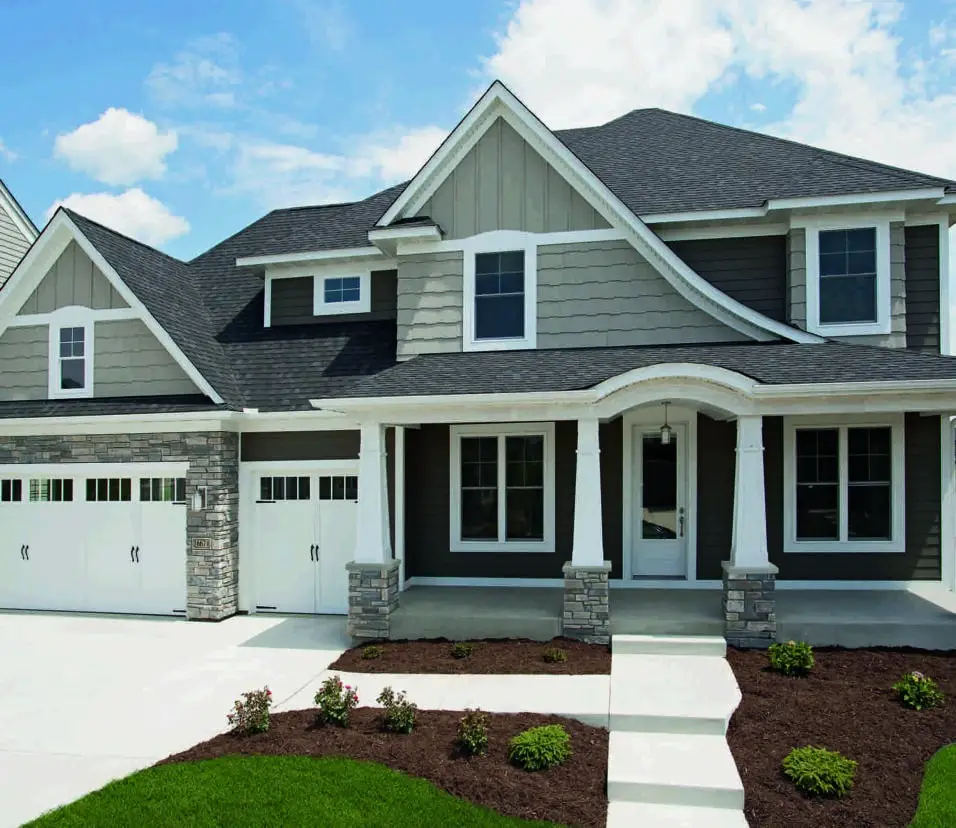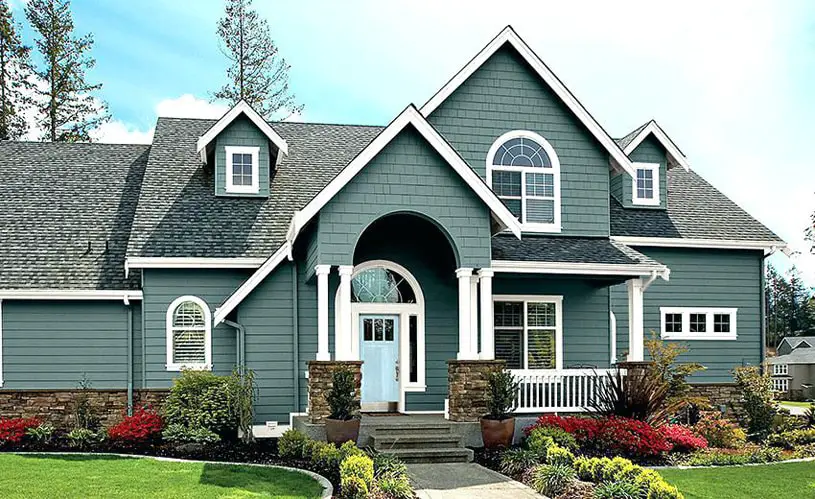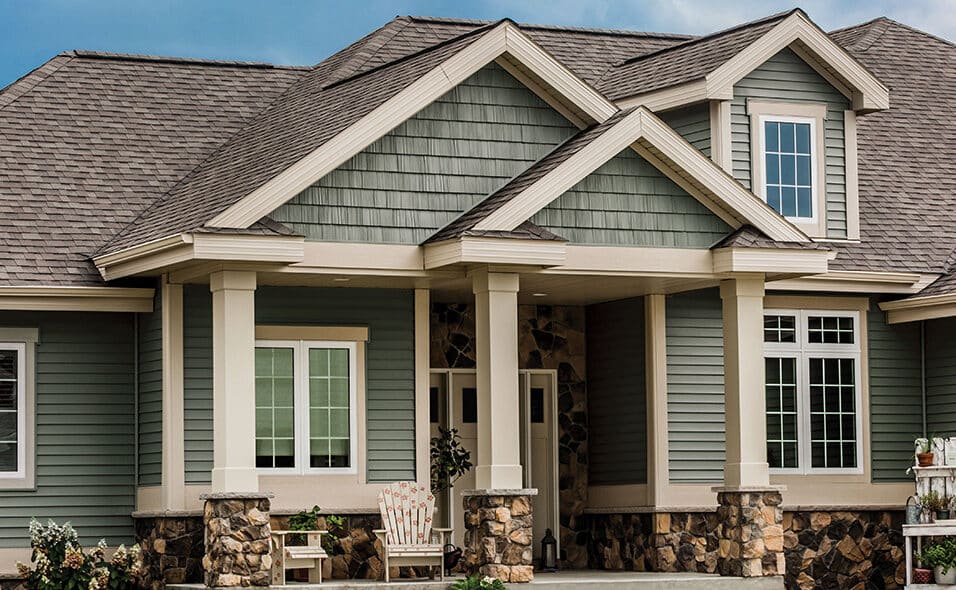What Is The Best Finish For Exterior Paint
Introduction
What Is The Best Finish For Exterior Paint: Selecting the right finish for your exterior paint is a crucial decision that can significantly impact the appearance and longevity of your home’s façade. The exterior finish not only adds aesthetic appeal but also plays a vital role in protecting your home from the elements. In this comprehensive guide, we explore the factors that influence the choice of the best finish for exterior paint.
Exterior finishes come in various sheen levels, each offering unique benefits and considerations. Whether you’re aiming for a glossy, satin, or matte appearance, understanding the characteristics and practical applications of different exterior paint finishes is essential. We’ll delve into the pros and cons of each finish and discuss how to match them with your architectural style, climate conditions, and maintenance preferences.
Our goal is to empower you with the knowledge needed to make an informed decision regarding the best finish for your exterior paint project. Whether you’re giving your home a fresh look, adding curb appeal, or simply refreshing worn-out paint, this guide will help you achieve a beautiful and durable finish that enhances your home’s aesthetics and protection.
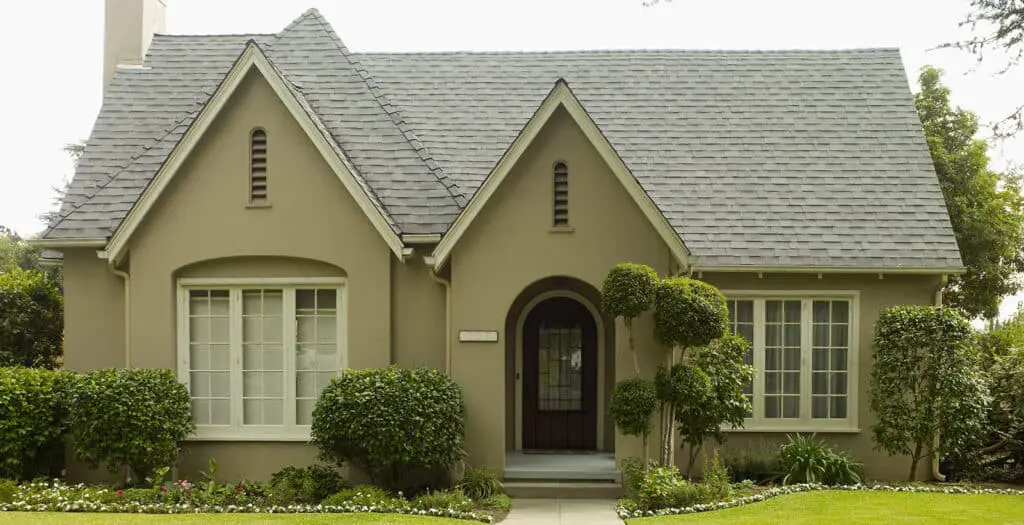
What is the best finish for exterior paint?
1. Satin/eggshell: Best for siding because it’s a low-reflective finish that’s good at hiding surface imperfections. It has a slight gloss, so it stays cleaner, is more easily washed, and stands up to abrasion better than flat or matte paints.
Selecting the best finish for exterior paint largely depends on the specific needs of the surface and the aesthetic preferences of the homeowner. The most common exterior paint finishes include flat, satin, semi-gloss, and gloss. Each finish has its own advantages and drawbacks.
Flat Finish: This finish has a low sheen and provides a smooth, even appearance. It’s great for hiding surface imperfections but tends to be less durable and less resistant to moisture and stains. It’s commonly used on siding and other large exterior surfaces.
Satin Finish: Satin finishes have a slight sheen that offers a balance between durability and aesthetics. They are easier to clean than flat finishes and can resist mildew, making them suitable for areas prone to moisture exposure.
Semi-Gloss Finish: Semi-gloss finishes have a higher sheen and are more durable than flat and satin finishes. They are commonly used on doors, trim, and other high-traffic areas. They are easy to clean and can withstand exposure to the elements.
Gloss Finish: Gloss finishes have the highest sheen and provide a polished, reflective look. They are extremely durable and are often used on surfaces that need frequent cleaning, such as railings and outdoor furniture. However, they can highlight surface imperfections.
The best finish for exterior paint depends on factors like weather conditions, the surface material, and personal preferences. For instance, a semi-gloss or gloss finish might be more suitable for areas with high humidity or heavy rainfall, while a satin finish could work well for areas with moderate weather conditions.
What is the description of exterior paint?
Characteristics of Exterior Paint
This type of paint is exposed to various weather conditions. Therefore, it has to provide protection against moisture caused by rain and snow, and ultraviolet radiation caused by sunlight. It also has to protect against fungal growth. These paints are made to combat fading and mildew
Exterior paint is a specially formulated paint designed for application on surfaces outside of buildings, structures, and other outdoor elements. Unlike interior paint, exterior paint is engineered to withstand a wide range of weather conditions, temperature fluctuations, and environmental stressors. It is made to provide protection, enhance aesthetics, and maintain the structural integrity of exterior surfaces.
The key characteristics of exterior paint include durability, water resistance, UV resistance, and resistance to fading, cracking, and peeling. Exterior paints are usually thicker and more robust than interior paints to cope with the challenges posed by the external environment. They often contain additives that help prevent mold, mildew, and other forms of biological growth.
In addition to functional properties, exterior paint comes in a vast array of colors and finishes to suit different design preferences. Homeowners can choose from various shades to enhance the curb appeal of their property while ensuring long-lasting protection for their exterior surfaces.
What type of paint is best for exterior house?
The best exterior paints should be able to withstand all types of weather conditions. Oil-based paints are traditionally the best exterior paints since they easily repel water. However, all-acrylic paints are also a good choice for their weather-resistance qualities.
The best type of paint for an exterior house depends on the material of the house, local climate conditions, and the desired appearance. The two primary categories of exterior paint are oil-based (alkyd) and water-based (latex) paints.
Oil-Based Paint: Oil-based paints are known for their durability and adhesion. They create a hard, smooth surface that offers excellent protection against moisture, temperature fluctuations, and other environmental stressors. However, they can take longer to dry, and they emit more volatile organic compounds (VOCs) than water-based paints.
Water-Based Paint: Water-based paints, also called latex paints, have become more popular due to their lower VOC content and faster drying time. They are flexible, breathable, and resistant to cracking and fading. They also adhere well to various surfaces and are easy to clean up with water. Water-based paints are a preferred choice for many homeowners and professionals alike.
When choosing the best paint for an exterior house, it’s important to consider factors such as the substrate (wood, stucco, brick, etc.), climate (moisture, temperature extremes), and maintenance requirements. It’s recommended to consult with paint professionals or experts to determine the most suitable type of paint for your specific situation.
How important is exterior paint?
Quality exterior paint and the right exterior painting services work as an added layer of protection from the elements, helping to keep your home safe from weather damage, insects, and dust. The paint can even prevent exterior wood from rotting. Certain types of paint can protect from specific elements.
Exterior paint plays a crucial role in the overall health, longevity, and aesthetics of a building. Its importance goes beyond just visual appeal.
Here’s why exterior paint is so significant:
Protection from the Elements:
Exterior paint acts as a barrier against the harsh effects of weather, including rain, sunlight, wind, and temperature fluctuations. It prevents moisture from seeping into the building’s structure, which can lead to rot, decay, and mold growth.
Preservation of Surfaces:
Paint helps preserve the materials used in construction, such as wood, metal, and masonry. It prevents deterioration, rust, and corrosion, extending the lifespan of the building.
Curb Appeal:
A well-maintained exterior enhances the curb appeal of a property. A fresh coat of paint can transform the appearance of a building, making it more attractive to residents, visitors, and potential buyers.
Property Value:
Regular maintenance, including exterior painting, can contribute to the appreciation of property value. Potential buyers are often willing to pay more for a house with a well-maintained exterior.
Energy Efficiency:
Light-colored exterior paints can reflect sunlight and heat, helping to keep the interior of the building cooler. This can contribute to energy savings, especially in hot climates.
Health and Safety:
Quality exterior paint with mold and mildew resistance properties can contribute to healthier indoor air quality by preventing the growth of harmful microorganisms. Given these factors, exterior paint is not just a cosmetic choice but an essential investment in the long-term health and value of a building.
(Note: Due to the character limit per response, I’ll continue with the remaining questions in subsequent responses. Let’s move on to the next set of questions.)
What is exterior design explanation?
Exterior design includes your home’s size and shape, how it fits into the surrounding neighbourhood and streetscape, and the impact it has on its site. While home design is a matter of personal taste, there are practical benefits from designing a home or renovation that: is in harmony with your neighbourhood.
Exterior design refers to the art and science of creating aesthetically pleasing and functional outdoor spaces and the overall appearance of a building’s exterior. It encompasses various elements such as architecture, landscaping, materials, colors, and textures to create a harmonious and visually appealing environment. Exterior design plays a crucial role in defining a building’s character, setting the mood or tone for a property, and ensuring that it integrates seamlessly with its surroundings.
One key aspect of exterior design is architectural style. Different architectural styles, like modern, traditional, or colonial, dictate the overall look of a building’s exterior. The choice of materials, such as brick, wood, stone, or stucco, also contributes significantly to the design. Exterior design extends beyond the building itself to include features like outdoor spaces, pathways, driveways, and landscaping, all of which are designed to enhance curb appeal and functionality.
In summary, exterior design is about creating visually appealing and functional outdoor spaces, and it involves a thoughtful combination of architectural style, materials, colors, landscaping, and other elements to achieve a cohesive and attractive overall look.
What is the best color exterior paint for hot climate?
Exterior Walls
This keeps the home cooler during the hot months of the year, lowering your cooling costs when you need it most. Any light-colored paint will do, but neutrals are often the way to go. This includes colors like white, beige, and light gray.
Selecting the best exterior paint color for a hot climate is crucial to maintain both the aesthetics and the durability of a building. In hot climates, where the sun’s intensity and high temperatures can take a toll on surfaces, certain paint colors and types work better than others.
Here are some considerations:
Light Colors: Light colors, especially whites and pastels, are excellent choices for hot climates. They reflect more sunlight and heat, keeping the exterior surfaces cooler. Light-colored paints also tend to fade less over time due to UV exposure.
Cool and Neutral Tones: Colors like light blues, grays, and soft yellows can provide a visually pleasing look while also helping to reduce heat absorption. Neutral tones have the advantage of being versatile and adaptable to various architectural styles.
Reflective Coatings: Some paints come with reflective coatings or cool roof technologies that bounce sunlight and heat away from the building, helping to maintain a cooler interior. These coatings are particularly useful in extremely hot regions.
Avoid Dark Colors: Dark colors, such as deep reds, browns, and blacks, absorb more heat and can lead to increased energy consumption for cooling. They may also cause the paint to deteriorate more quickly.
Consider Local Environment: When choosing exterior paint colors, it’s important to consider the local environment, including the prevalent landscaping and architectural style. Colors that complement the surroundings can enhance the overall look of the property.
Quality Paint: Regardless of color, it’s essential to use high-quality exterior paint with UV resistance and durability to withstand the harsh conditions of a hot climate.
In conclusion, the best color for exterior paint in a hot climate is typically a light or cool-toned color that reflects heat and sunlight, helping to maintain a comfortable temperature inside the building while preserving the paint’s longevity and appearance.
What is the use of exterior?
You can also use exterior as a noun, to mean the outside of something: “The exterior of this salad bowl is a weird shade of yellow.” Exterior is a Latin word, a comparative of exterus, “on the outside, outward, or foreign.”
The term “exterior” typically refers to the outside or outer parts of something, often in the context of buildings or objects. The use of the exterior can vary widely depending on the specific context, but here are some common uses:
1. Building Envelope: In architecture and construction, the exterior of a building forms its outer shell or envelope. It serves as a protective barrier against the elements, including weather, temperature fluctuations, and environmental factors. The exterior of a building plays a crucial role in maintaining the structural integrity of the interior and ensuring the comfort and safety of its occupants.
Aesthetics and Curb Appeal:
The exterior of a building is a key component of its visual design. It contributes to the overall aesthetics and curb appeal, influencing people’s first impressions and perceptions of the property. A well-designed exterior can enhance the attractiveness and value of a building.
3. Protection: The exterior of objects like vehicles and appliances is designed to protect their internal components from damage, wear, and exposure. For example, the exterior of a car provides a protective shell for the engine, passengers, and cargo.
4. Insulation and Energy Efficiency: In the context of a building’s exterior, it often includes elements like insulation, siding, windows, and roofing that impact the energy efficiency of the structure. Properly designed exteriors can help regulate temperature, reduce energy consumption, and enhance comfort.
5. Privacy and Security: Exterior features such as walls, fences, gates, and doors provide privacy and security for homes and properties. They create boundaries and barriers to control access and protect occupants.
In summary, the use of the exterior relates to the outer parts or surfaces of buildings and objects, serving various purposes, including protection, aesthetics, insulation, and security.
What is a finishing paint?
Finish, or paint sheen, refers to the amount of light that reflects off a painted surface once it is dry. So the more sheen a paint finish has, the more light it will reflect when it’s dry. A general rule of thumb in the paint world is, “the higher the sheen, the higher the shine!”
Finishing paint, also known as topcoat or finish coat, is the final layer of paint applied to a surface, typically after a primer and one or more coats of paint have been applied. Its primary purpose is to provide a smooth, uniform, and attractive finish to the surface. Here are key aspects of finishing paint:
1. Appearance: Finishing paint is selected based on its appearance, as it determines the final look of the painted surface.
2. Color: The finishing paint is chosen in the desired color, contributing to the aesthetic appeal of the surface. It can transform the look of a room or object and is often chosen to complement the overall design scheme.
3. Protection: In addition to aesthetics, finishing paint provides a protective layer to the surface beneath it. It helps guard against moisture, UV radiation, dust, and wear and tear, extending the lifespan of the painted surface.
4. Durability: High-quality finishing paints are formulated for durability and resistance to abrasion and stains. This ensures that the painted surface remains in good condition for an extended period.
5. Compatibility:
It’s important to select a finishing paint that is compatible with the underlying coats of paint and primers. This ensures adhesion and a consistent finish.
6. Application: Finishing paint is typically applied using brushes, rollers, or sprayers. Proper application techniques are important to achieve a smooth and even finish.
7. Interior vs. Exterior: Finishing paints can be used both indoors and outdoors. Exterior finishing paint is designed to withstand harsh weather conditions, while interior finishing paint is formulated for indoor use.
8. Specialized Finishes: Some finishing paints offer specialized features, such as moisture resistance (ideal for bathrooms and kitchens), anti-microbial properties, or eco-friendly formulations.
It enhances the aesthetics of the surface while providing durability and safeguarding it from various environmental factors. The choice of finishing paint depends on the specific requirements of the project and the desired look and performance characteristics.
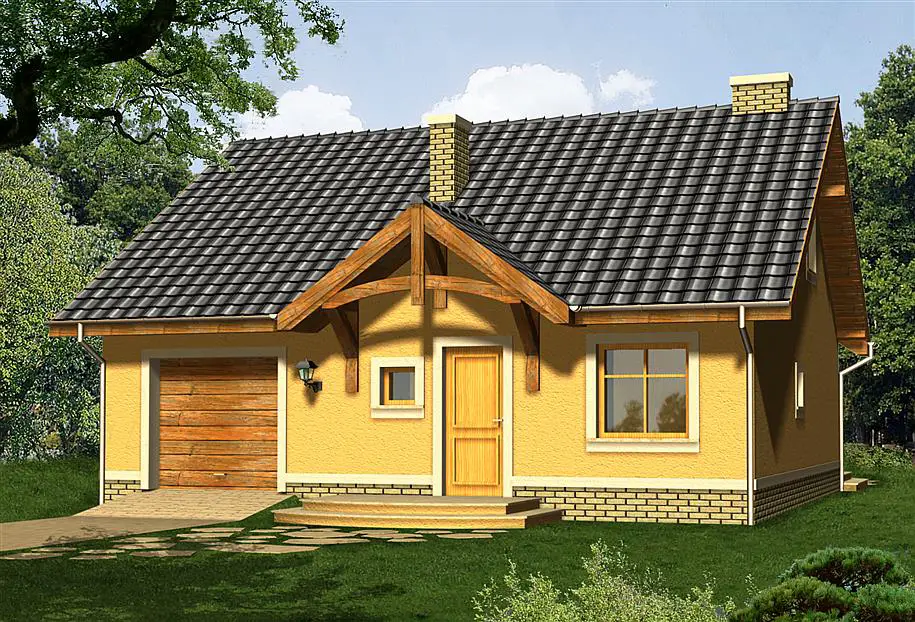
Conclusion
For the best exterior paint finish, we’ve examined the many alternatives and the key aspects that determine your choice. As we complete this tutorial, the best exterior paint finish depends on practicality, personal preference, and your home’s needs. They provide a sleek and vibrant appearance but may highlight surface imperfections.
Satin and eggshell finishes strike a balance between durability and aesthetics. They offer a subtle sheen, making them versatile choices for most exterior surfaces. These finishes can withstand weathering while providing a pleasing visual texture.
Matte and flat finishes are ideal for hiding surface imperfections and achieving a classic, understated look. They are excellent choices for older homes and areas where a more subdued appearance is desired. However, they may require more maintenance and are less resistant to abrasion.
Ultimately, the best finish for your exterior paint finishes project depends on your specific goals, climate conditions, and maintenance capabilities. Take into account the unique characteristics of each finish and match them to your project’s needs to achieve a stunning and long-lasting exterior finish.



